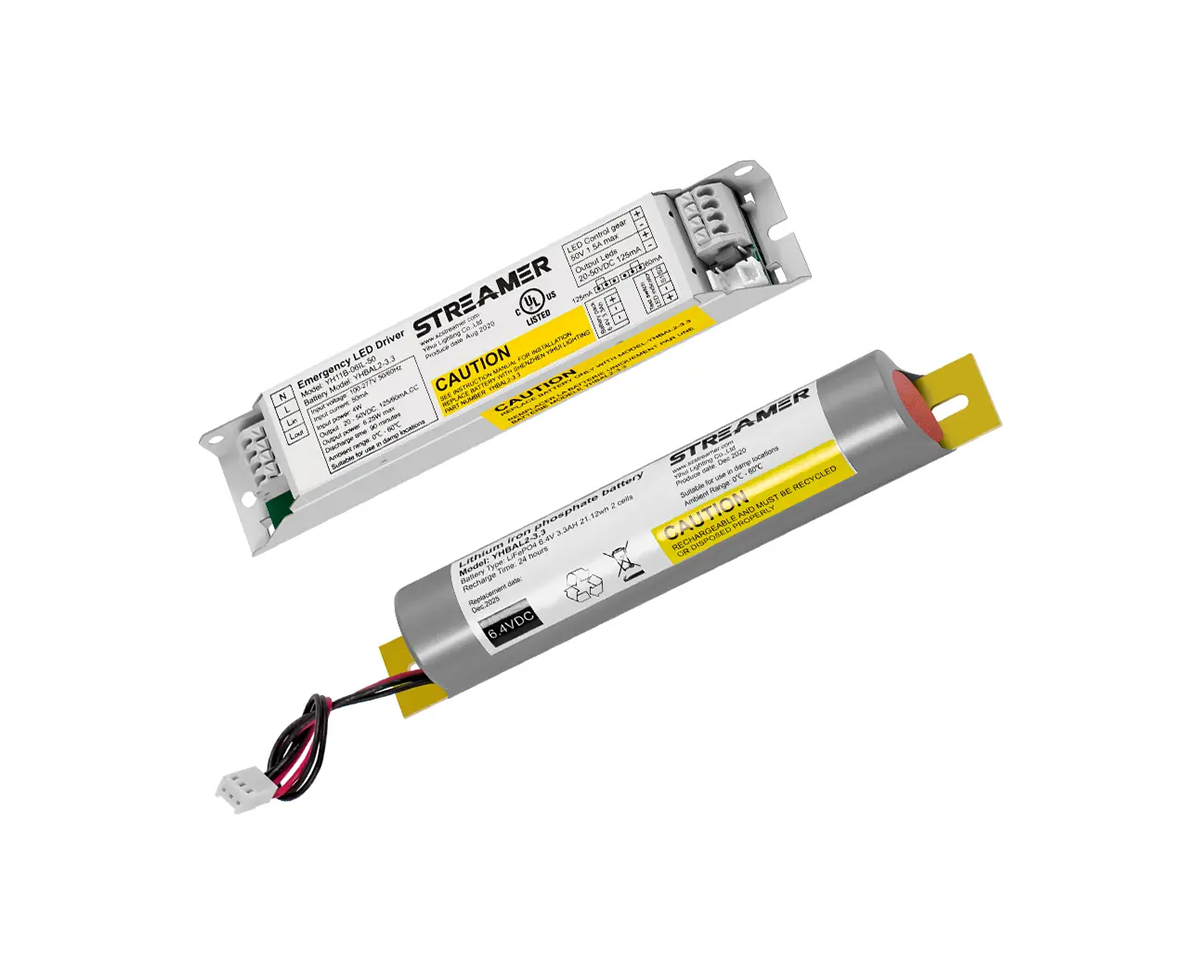 1
1
 May 05, 2025
May 05, 2025

A waterproof LED emergency converter is designed to withstand harsh environmental conditions, making it suitable for outdoor applications or areas prone to moisture, such as bathrooms, basements, and industrial settings. The waterproof design ensures that the converter can continue to function properly even when exposed to rain, splashes, or high humidity.
The key to achieving waterproof performance lies in the construction and sealing of the converter's housing. The housing is typically made of high-quality materials, such as durable plastics or metals, that are resistant to water penetration and corrosion. Specialized seals, such as rubber gaskets or O-rings, are used to create a tight seal around the edges of the housing, preventing water from entering the internal components.
In addition to the housing, the electrical connections and components inside the waterproof LED emergency converter are also protected. Connectors are designed with waterproof features, such as locking mechanisms and rubber boots, to ensure a secure and watertight connection. Circuit boards are coated with a conformal coating, which provides an additional layer of protection against moisture, dust, and other contaminants.
Waterproof LED emergency converters are often rated according to the Ingress Protection (IP) code. This code indicates the level of protection the converter offers against the intrusion of solids and liquids. For example, an IP67-rated converter is completely protected against dust ingress and can withstand immersion in water up to a certain depth for a specified period. This rating system helps users select the appropriate waterproof LED emergency converter based on their specific application requirements.
Moreover, waterproof LED emergency converters are designed to maintain their performance and reliability even in extreme temperature conditions. They are built with temperature-resistant components and materials that can withstand both high and low temperatures, ensuring consistent operation in various climates.